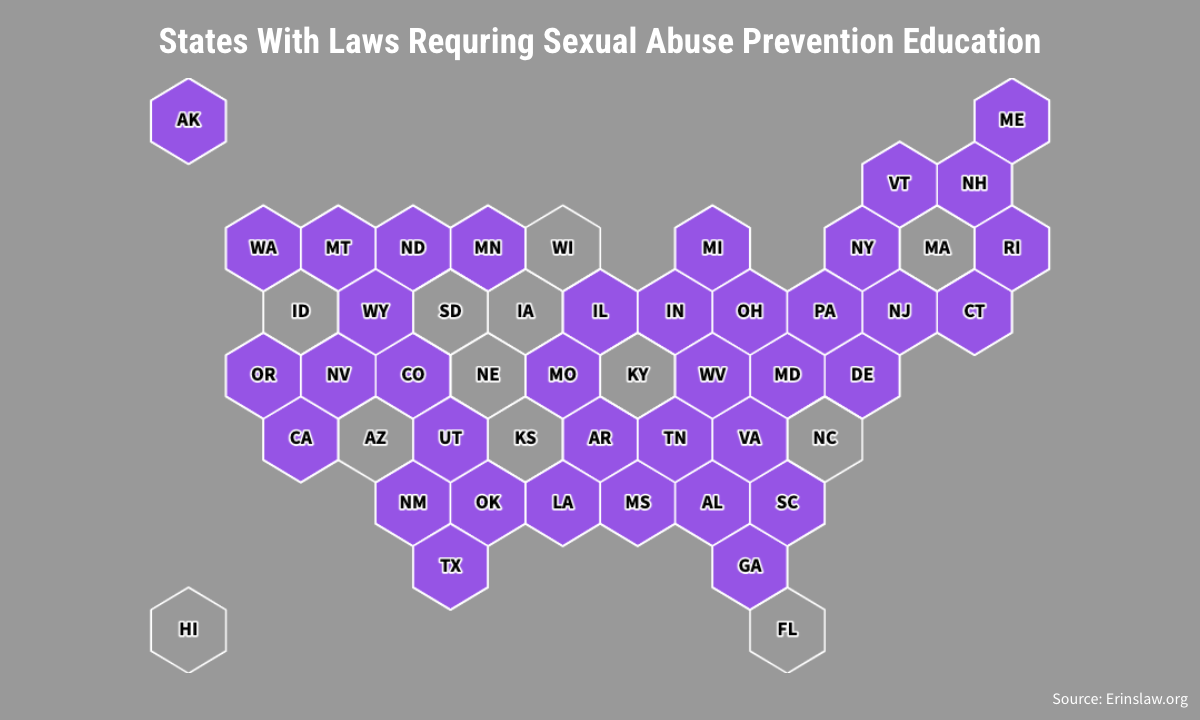We Can Stop Child Sexual Abuse – If We Know What to Look For
Huizar: Nearly every episode occurs after the perpetrator has engaged in several “red flag” behaviors to form a trusting relationship with the child.

Get stories like this delivered straight to your inbox. Sign up for The 74 Newsletter
U.S. public schools serve about 50 million children in grades pre-K through 12. If current trends hold, a staggering 10% of them will have experienced sexual abuse by their 18th birthday.
These tragedies are largely preventable. Groundbreaking new research tells us that nearly every instance of child sexual abuse takes place after the perpetrator has engaged in multiple grooming behaviors to form a trusting relationship with the child and then later exploit them.
If educators and parents know what to look for — especially the “red flag” behaviors that almost always coincide with abuse — we could save hundreds of thousands of kids each year.
Child sexual abuse is rarely an isolated or random incident. A recent study of over 1,000 victims confirmed that 99% of them experienced some form of grooming before their abuse. Of 42 identified grooming behaviors — ranging from gift-giving to seemingly innocent touching to sharing pornography — victims experienced 14 such behaviors on average before the actual abuse occurred.
In other words, there are typically more than a dozen distinct warning signs that could tip off a teacher, coach, parent, or other concerned adult that something isn’t right.
Certain red flag behaviors are especially critical to recognize. Research shows that these high-risk grooming behaviors are overwhelmingly common in instances of child sexual abuse.
These behaviors include watching a child undressing, showing pornography to a child, talking to a child about past sexual experiences, and undressing or exposing oneself or encouraging a child to do so. But red flags also include behaviors that may not be as obvious, like isolating a child from family and peers or attempting to acclimate a child to their touch while distracting them with another activity, such as a hand “accidentally” brushing a private part while wrestling.
All of these behaviors always warrant intervention with the child’s parents or educators and often warrant reporting possible abuse to the authorities.
School staff and parents should commit each of these behaviors to memory, especially when children are joining an activity that involves a new adult in their lives. Teachers, for instance, can be especially vigilant at the start of a new school year or when students begin a new sport. In addition, parents should be especially alert when their children take music lessons, start other new classes or join a faith-based youth group. Parents and educators should discuss these behaviors with coaches, teachers, youth advisors, and each other.
Behavior such as hugging a child may be innocuous and healthy — or a precursor to something nefarious. It can be challenging to know when to intervene. But victims’ stories often take the form of “first A, then B, then C.” Grooming toward abuse is a cumulative process. It’s critical for adults to stay vigilant about whether an adult’s actions toward a child are progressing toward red flag behaviors.
That’s why we must also teach children the warning signs of grooming.
Parents shouldn’t shy away from discussing red flag behaviors with their children in developmentally appropriate ways. For example, book series like My Body Is Mine can help children of all ages learn about safe and unsafe touch, body boundaries, and trusting their gut when something doesn’t feel right.
Most states, but not all, supplement what parents teach their children with legislation like Erin’s Law, which requires K-12 public schools to implement sexual abuse prevention education for children of all ages.
But states often lack rigor and consistency in how they enforce these laws. In Washington state, for example, an oversight board identified 38 different curricula in place statewide – a majority of which neglected to give educators resources for what to do if a student disclosed abuse. Every curriculum should include the latest evidence-based research on grooming.
Unfortunately, not every state requires prevention education for teachers, but that’s equally imperative. A study on one training program for educators, Darkness to Light’s Stewards of Children, found that teachers who completed the training increased their reporting of previously unrecognized abuse by 82%.
Teachers and parents alike should make sure kids know that they won’t be blamed for reporting behaviors that make them uneasy, since abusers often tell children to keep it a secret.
To stop abuse before it occurs, all adults in a child’s life must be able to identify potential grooming behavior, especially the red flags. With an average of 14 different grooming behaviors preceding each case of child sexual abuse, prevention is possible. We just have to know what to look for.
Get stories like these delivered straight to your inbox. Sign up for The 74 Newsletter

;)
